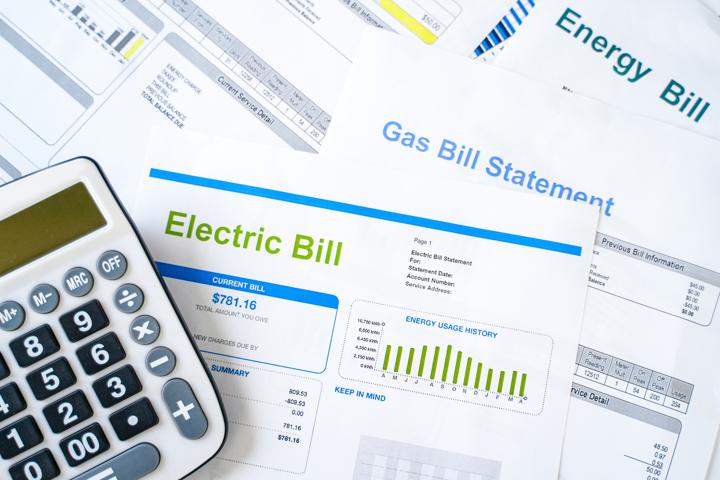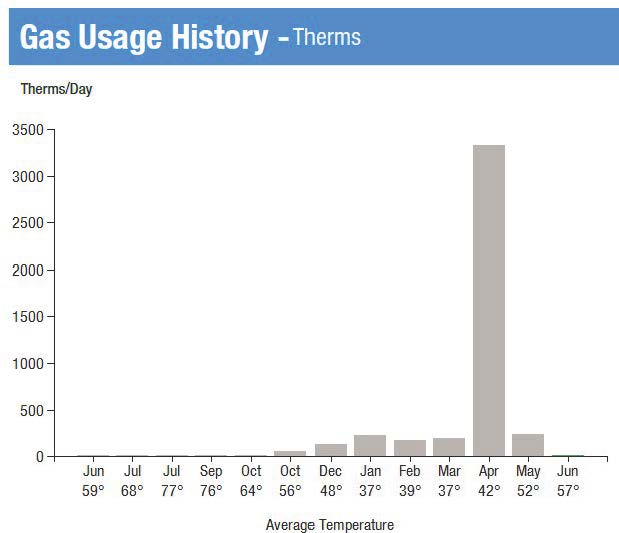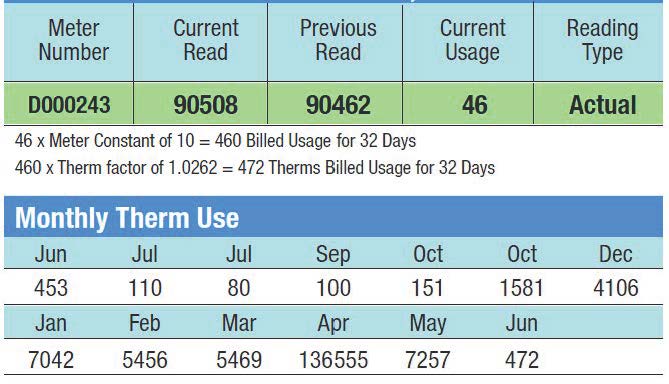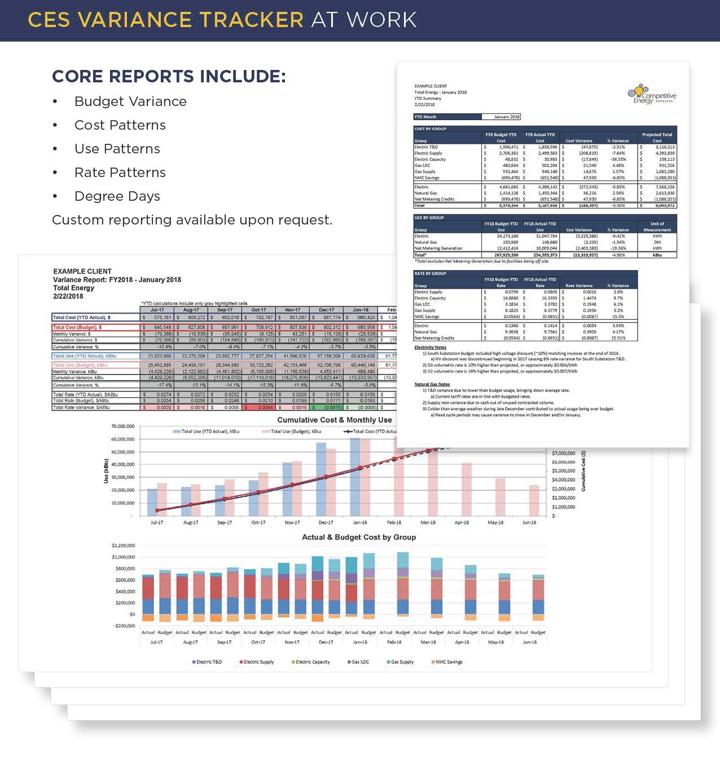
Keith Sampson, Senior Vice President, Energy Services and Edward “Teddy” Storrs, Energy Services Advisor
Do you find it difficult to read your utility invoice and decipher exactly what you’re paying for each month? It’s a common problem that can inadvertently come with a large price tag. At Competitive Energy Services (CES), we know the challenge of fully understanding utility invoices. We are experts at decoding utility invoices and have a number of resources to assist our clients. In this blog, we will highlight the importance of auditing invoices and how CES’ Variance Tracker can help.
Electricity, natural gas, water, and sewer utilities are regulated monopolies. Despite oversight from their regulators, it often seems like utilities have insufficient incentives to provide the type of customer service other industries are obliged to consider. What we at CES have seen throughout the years is that utilities have merged with or been acquired by other utility companies. These changes have resulted in utilities making modifications to their multi-million-dollar metering and billing systems. Errors and inconsistencies often accompany these modifications. Additionally, meters are prone to failure; water meters rust and electric and natural gas meters can become mis calibrated over time. This will lead to mistakes within the billing systems due to changes in equipment, meter constants, and multiplying factors within the billing system. Without getting into too much detail, the billing system formulas often need to be adjusted in tandem with equipment changes. We’ve seen instances where monthly billed usage has changed significantly (higher or lower) immediately following a meter change.
Utility rates are driven by tariffs. Tariff design fluctuates significantly between utilities. Rate design is sometimes as simple as “Usage x Rate” and other times it’s much more complex. For example, electricity tariff rates are comprised of fixed fees, on- and off-peak consumption, and on- and off-peak demand. And with these types of billing structures, many things can go wrong.
So, it’s a good idea to track and review invoices, commonly known as an audit. But how does someone without a utility background know how much they should be paying? As you might approach any workplace challenge or opportunity, it’s important to be solution-oriented and have a process. A thorough utility audit requires collecting the invoices and tracking usage and cost information.
Often, the person entering the data is doing the audit at the same time and understandably not everyone has the time and knowledge to manage the audit process. How do you approach this problem like a pro? Start by creating a baseline of what should be paid, based on historical usage and known rates for both delivery and supply components of your utility bill. This type of model is essentially a budget of what expected costs should be. Once expected costs are established, you can fairly quickly compare your actual usage and cost to the budget model. Any abnormalities require further investigation. It sounds easy, but the process requires access to invoices coupled with accurate data capture.
CES offers support for clients looking to conduct their own audits, including training. Managing a utility budget can be daunting but luckily, CES has a tool to assist. The process of comparing budget vs. actual spend and usage is the premise of the CES Variance Tracker (CVT). CES provides this service for many of our clients, often paired with the use of an automated data collection tool, reducing the risk of manual input errors, to extract utility data from invoices and log it into a database.
A CAUTIONARY TALE
An example of the importance of auditing your utility invoices can be illustrated through the following CES client case study. Through our routine monthly Variance Tracker audit System, CES discovered an anomaly with natural gas consumption for one of our client’s accounts. The client’s budgeted monthly usage was 6,500 therms for the month of April. The utility billed for 136,555 therms. The CES team did some detective work and found the root of the discrepancy was caused by a telemetry device on the utility meter. A telemetry device calls in usage readings to the utility, which is then used to generate the invoice, but this device was out of sync with the actual utility meter for several months. CES worked with the utility to resolve the discrepancy and process a credit for the overbilling. With dozens of accounts processed for this client each month, our audit caught the needle in the proverbial haystack.
Figure 1 below, is an example of an Eversource utility invoice and where to locate historical usage on a monthly invoice. The location of this information will vary by utility company.


WHY CES VARIANCE TRACKER?
CES has developed the CES Variance Tracker (CVT), a comprehensive tracking and reporting system to help our clients avoid situations like the one discussed above (See Figure 2). Our data management system provides custom reports detailing energy use and cost data that we collect and maintain on behalf of our clients. These reports can be developed at the account- or facility-level or summarized at more macro levels to assist in evaluating initiatives through a wider lens.
How the CES Variance Tracker (CVT) can help you:
- Time Savings – Cuts down on the time needed to audit invoices.
- Centralized Data Management – Aggregates all invoices into one place for ease of reference and accurate review of usage and related costs.
- Ease of Use - Moves beyond simply displaying the data to highlight the story behind the data which is helpful for energy experts and non-experts alike.
- Reporting - CVT comes with a core set of reports that are designed to give clients a comprehensive and timely understanding of their energy usage and costs. This core set of reports includes budget variance, cost patterns, use patterns, rate patterns, and degree days.
- Budget Transparency/Savings – By using CVT, clients can monitor usage and spend, analyze discrepancies, ask questions, and pivot when needed. Close monitoring allows for proactive budget management and ultimate savings.

In summary, it’s important to read your utility invoices thoroughly in order to understand how you’re being billed for energy use. If you feel overwhelmed when it comes to looking at your utility invoices and understanding the impact on your budget, Competitive Energy Services is here to help guide you. To discuss the CES Variance Tracker and audit services, reach out to one of our Energy Services Advisors today!
